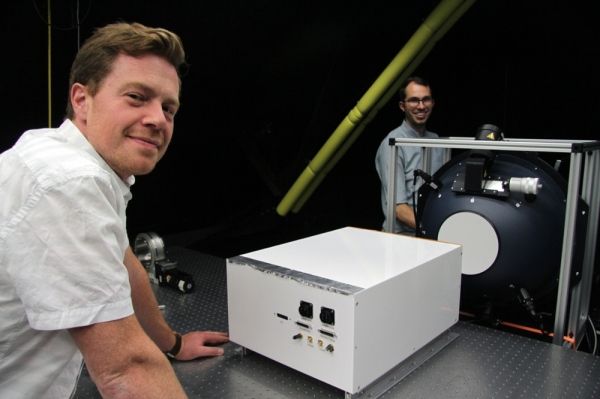Working with the Canadian Space Agency (CSA), a University of Saskatchewan research team has just launched a novel device into the edge of space to study the cooling effects of aerosol particles on a warming climate.
The launch of the particle-imaging device early Sunday at the CSA’s Timmins, Ont., base is part of the agency’s STRATOS program, which gives universities and industry the opportunity to test devices in the high atmosphere at 35 kilometers above Earth using special balloons larger than a football field.
“This will be a testing demonstration of the technology, to see whether it works in space,” said Adam Bourassa, physics and engineering physics professor in the College of Arts and Science. “If all goes well, we may aim to send it to space on a real satellite in three or four years from now and get new aerosol measurements within the next five years.”
Aerosols are a hot topic in the scientific community for their cooling effect that counteracts global warming caused by greenhouse gases. Aerosols, fine, solid particles or liquid droplets suspended in the air or in a gas, are swept into the upper atmosphere from volcanic eruptions, pollution and desert sands, and look like haze in the sky on a bright day.
Continue reading at University of Saskatchewan.
Image via University of Saskatchewan.


